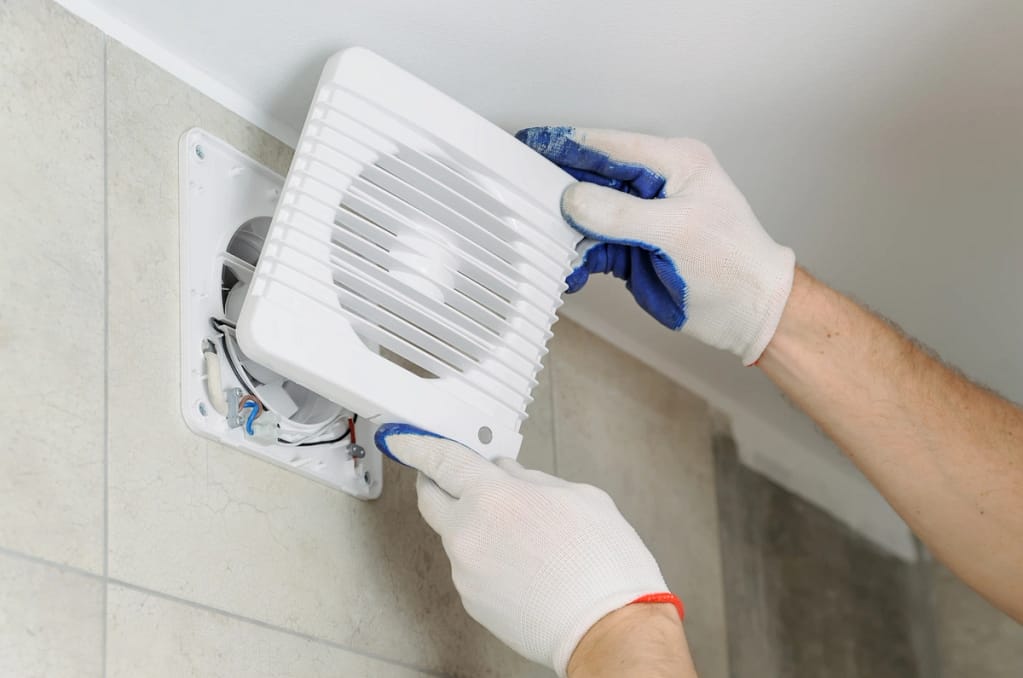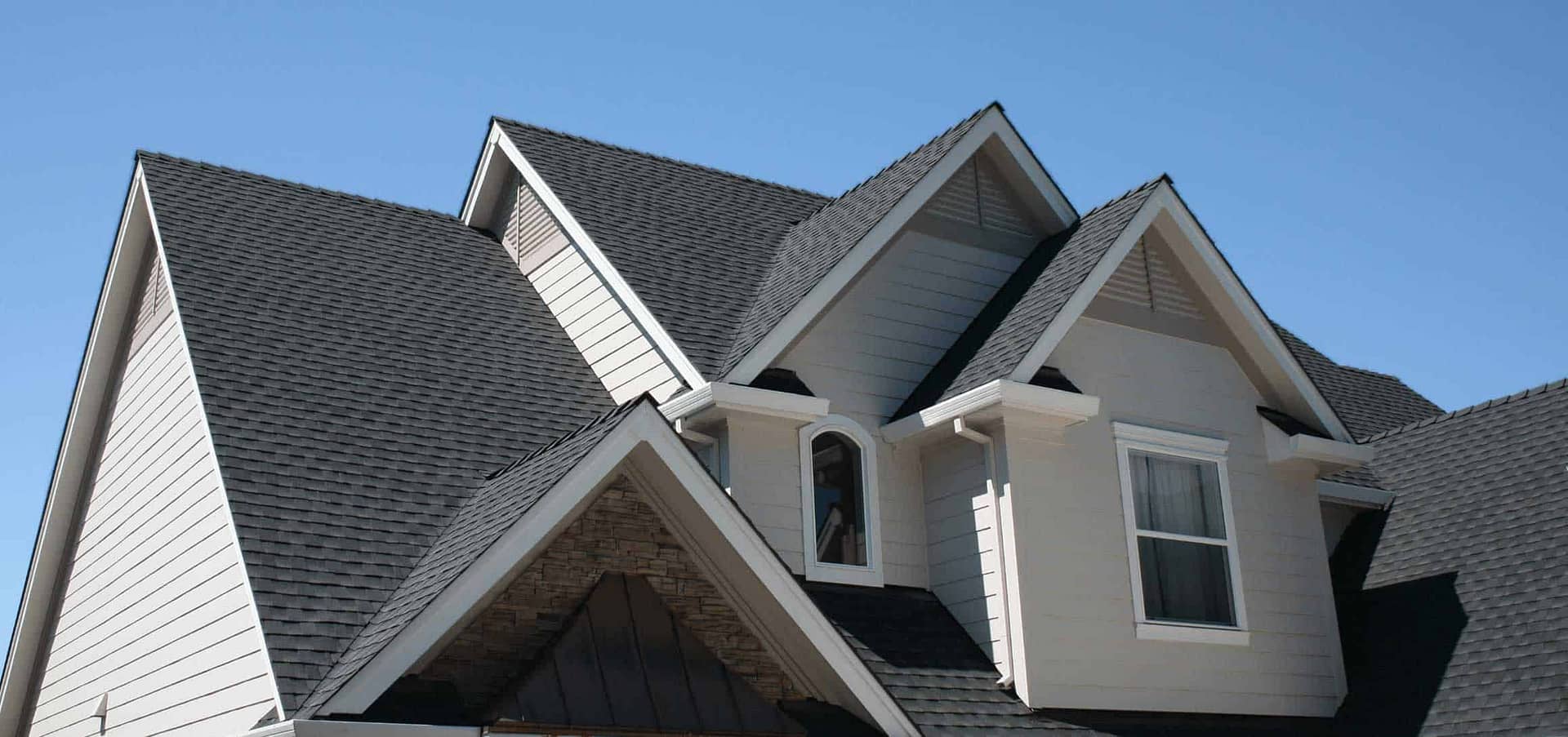What Is Thermal Tracking & Thermal Bridging? (3 Ways To Prevent)
What is thermal tracking?
Thermal tracking is a phenomenon where outlines of the framing are tracked or “ghosted” on walls and ceilings. This often ends up looking like dark stains on your walls or ceilings along the lines of the framing.
This can be unsightly, but it can also have structural consequences, so it’s important to look at the underlying causes of thermal tracking and thermal bridging.
To get an inspection and deal with the issue, don’t hesitate to contact your local contractors.
For now, we’ll simply go over the underlying cause of thermal tracking and thermal bridging plus 3 ways to prevent them. First, let’s discuss the basics!
What Is Thermal Tracking?
Thermal tracking is barely noticeable at first. By the time you notice its telltale marks, they would already be difficult to remove. The only practical way to fix it is to repaint the wall, replace the wallpaper, or do either for the siding. However, it still does not address the causes, therefore the risk of thermal tracking would still be present.
What Is Thermal Bridging?
Thermal bridging is the end result of insufficient insulation in the walls and the attic.
As the heat is conducted (or “bridged”) through the framing, the colder surface forms a barely noticeable layer of condensation, which attracts soot, dust, and other fine particles. Indoor thermal tracking is more common during the heating season, as indoor heating is lost through inadequately insulated frames.
Sometimes the reverse happens during the cooling season, as parts of the siding become cooler due to indoor cooling.
In other words, thermal bridging is the pathway heat uses to get in or our of a building.
3 Ways To Prevent Thermal Tracking

Our years of experience as home siding installers tell us that the best way to deal with thermal tracking is to address its causes.
1. Insulation
The exterior walls and ceiling are part of an insulated enclosure intended to maintain consistent indoor temperatures. Insufficient insulation (or lack of it) on the framing causes thermal bridging, so additional insulation will have to be installed. Insulated vinyl siding can also bolster exterior wall insulation and help prevent exterior thermal tracking.
2. Indoor Air Quality
We have discussed how soot and other particles form tracks on the walls and ceilings. If your home is heated with a fuel-burning heating system, make sure the exhaust isn’t leaking into your indoor living areas. Regularly inspect the HVAC air filters and replace them when clogged. Install a whole-home air purifier to further clean indoor air.
3. Relative Indoor Humidity

Prevent condensation from forming by keeping relative indoor humidity levels at 50%. Run exhaust fans in the bathroom and kitchen to control moisture that’s released in these areas of your home. If you don’t already have one, install a whole-home indoor humidifier/dehumidifier to maintain relative indoor humidity levels all year round.
Thermal Tracking & Bridging: When to Act
It’s stressful to see your home not looking its best, and it’s even more stressful to feel like you’re wasting money because it isn’t energy efficient. When these worries come up, it’s important not to ignore them, do your research, and get professional insight.
ARCH Exteriors is a team of experts in all exterior home jobs from siding to roofing to windows and doors. We’ve been around the block, so don’t hesitate to reach out to our team.
We offer insight and inspections and provide repairs and installation services.




